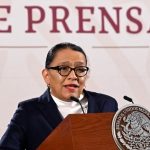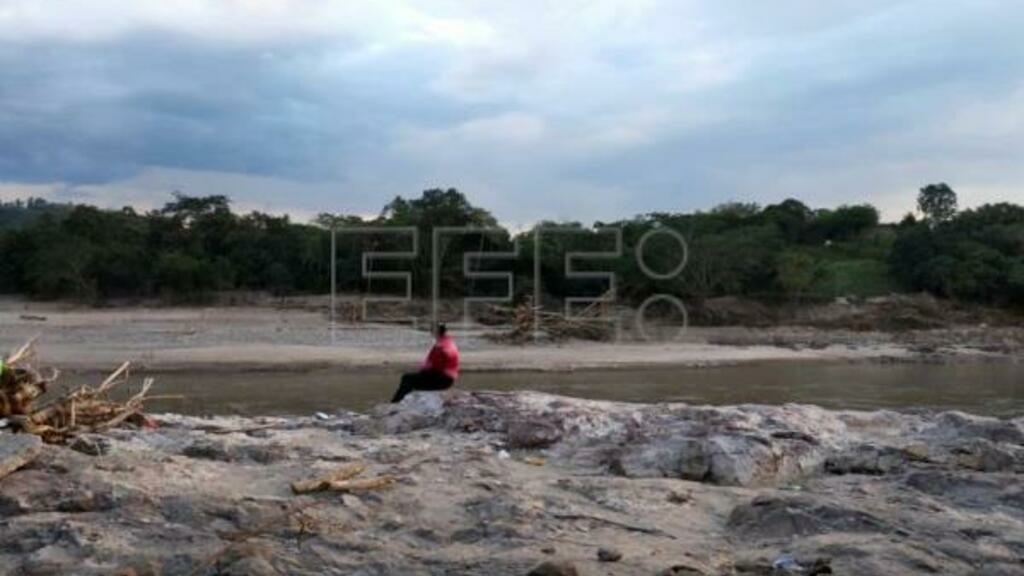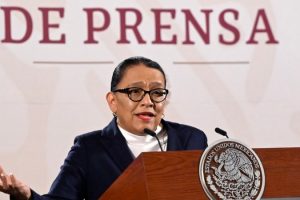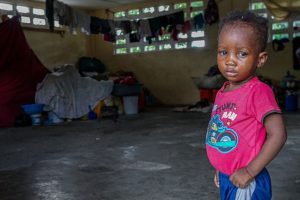First modification:
In Honduras, this Saturday, the yellow alert was activated for two departments in the north and west of the country and the green alert in the rest of the territory for the next 24 hours, action taken by the authorities in the face of heavy rains generated by the tropical storm Bonnie.
According to the Secretary of State in the National Risk and Contingency Management Offices, the yellow alert that activates the surveillance was established for the Cortés and Santa Bárbara departments “due to the circulation of the storm winds that leaves heavy rains in the national territory “, while the green one that promotes prevention is being applied in the remaining 16 departments.
For the Center for Atmospheric, Oceanographic and Seismic Studies (Cenaos), Bonnie travels at about 24 kilometers per hour and moves west. It is expected that in the next 48 hours it will strengthen in the Pacific Ocean and become a category 1 hurricane.
“Bonnie’s cloud bands will be affecting the southern, southwestern, western and northwestern regions of the country for the next 24 hours and for the northwestern mountains, punctual rains between 60 to 80 millimeters are estimated, with maximums of 100 millimeters in high areas of the mountains of the department of Santa Bárbara and some sectors of the department of Cortés,” reported Cenaos.
The authorities fear an increase in the flow of the rivers bordering with El Salvador, as a result of the rains that could reach accumulated 100 millimeters, in the west of the territory, for which they have called on the population to “keep calm, remain vigilant” and attentive to official information.
26 incidents in Costa Rica
The northern part of Costa Rica was the most affected by the passage of storm Bonnie during the day this Saturday, leaving behind 26 incidents due to flooding and more than 3,500 people evacuated to shelters for security reasons.
The passage through the Caribbean country began last Friday and generated strong winds and rains mainly in the north and with the passing of the hours its intensity has been decreasing, allowing the population to return to normality.
“We have a great sense of relief that, despite the damage and people affected, this storm did not cause the damage that it could have caused if it had followed another path,” Costa Rican President Rodrigo told a news conference. Keys.
For its part, the National Emergency Commission reported that they will maintain the state of Red Alert in the cantons of Liberia and La Cruz in Guanacaste, due to the influence that the storm still has in the country’s Pacific.
In addition, they have recommended that the population remain alert when traveling on the roads in the face of the danger of falling trees, landslides and the presence of strong winds, fog and rain.
Nicaragua still on alert
Faced with possible floods and landslides, the Nicaraguan authorities have continued to apply the green and yellow alerts, this despite the fact that the tropical storm left the continental territory this Saturday without victims to mourn.
After Bonnie emerged into the Pacific Ocean, the US National Hurricane Center warned Costa Rica of possible “life-threatening flash flooding, as well as landslides.”
According to the National System for the Prevention, Mitigation and Attention of Disasters of Nicaragua, 12 municipalities of the country were affected, all located in the south, Bonnie knocked down trees, poles, power lines, generated river floods, landslides, among other effects.
The system also reported that 24 temporary shelter centers were set up where more than 1,500 families were welcomed, as well as “solidarity houses” where another 1,500 took refuge.
The authorities will pay special attention to Ometepe Island, located in the Great Lake of Nicaragua, as it has two volcanoes on its slopes, two urban centers and a large number of rural communities. Another of the surveillance points has been established for the Mombacho volcano, which is located in the Pacific and which has previously presented landslides due to excessive rainfall.
However, they will remain vigilant in other parts of the country such as the Caribbean, the south or the northwest, in case of possible floods or landslides.
with EFE













Add Comment